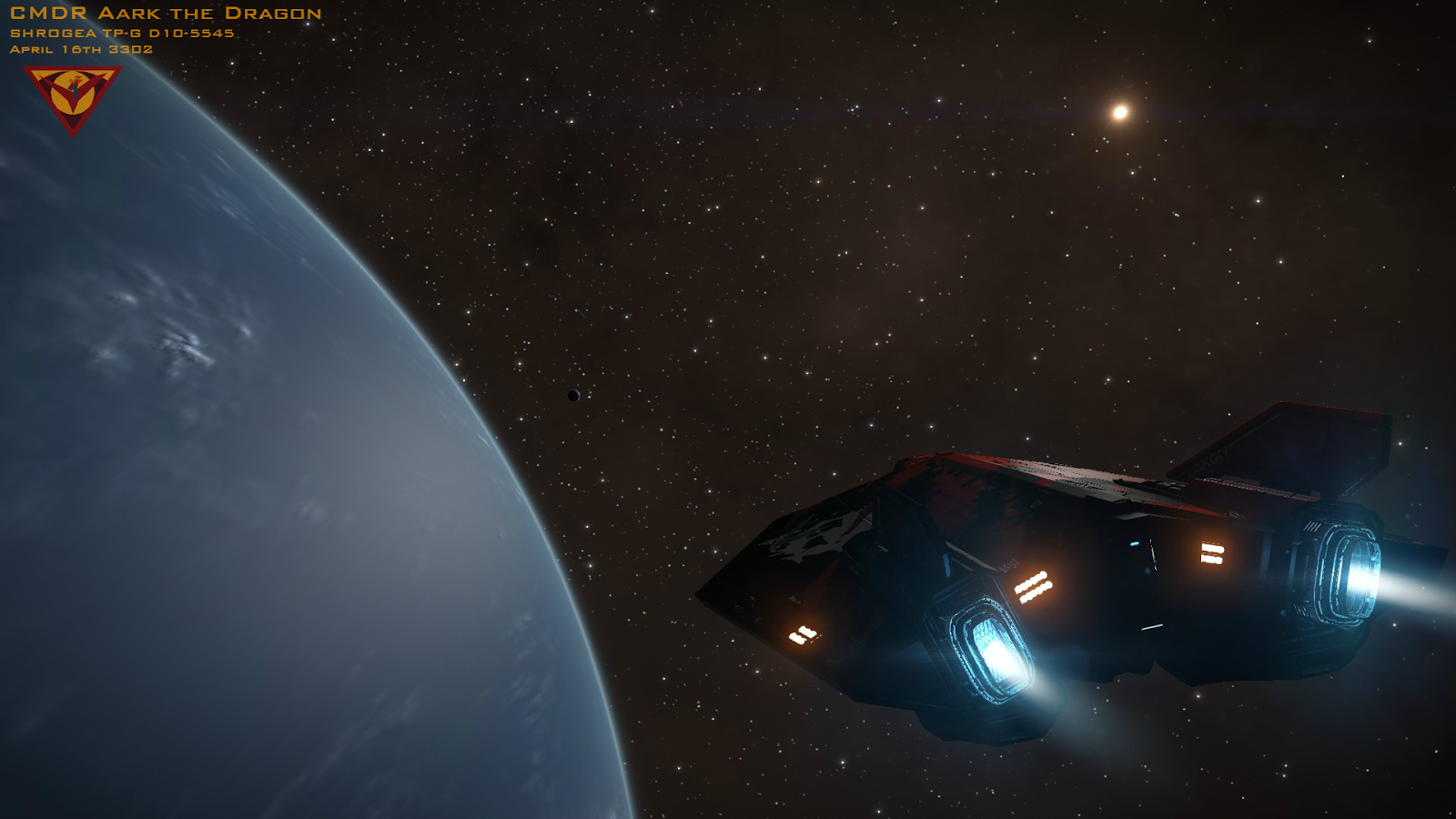On my way back to the Bubble from Sagittarius A*, I pinged a system with my D-Scanner and decided to check the System Map as I periodically do. To my surprise I found 2 previously undiscovered life-sustaining Water Worlds orbiting one another and decided to get a detailed scan of them both. Imagine my delight when the scans for both came back as "candidates for terraforming". As I was coming back around one of the planets to prepare to make my exit, I came across this view and immediately dropped out of Supercruise to take a picture of the closest planet and it's sister in the distance. Even out here in the deep core, under the brutal radiation of millions of densely-packed stars, life still finds a way.


Last edited:
